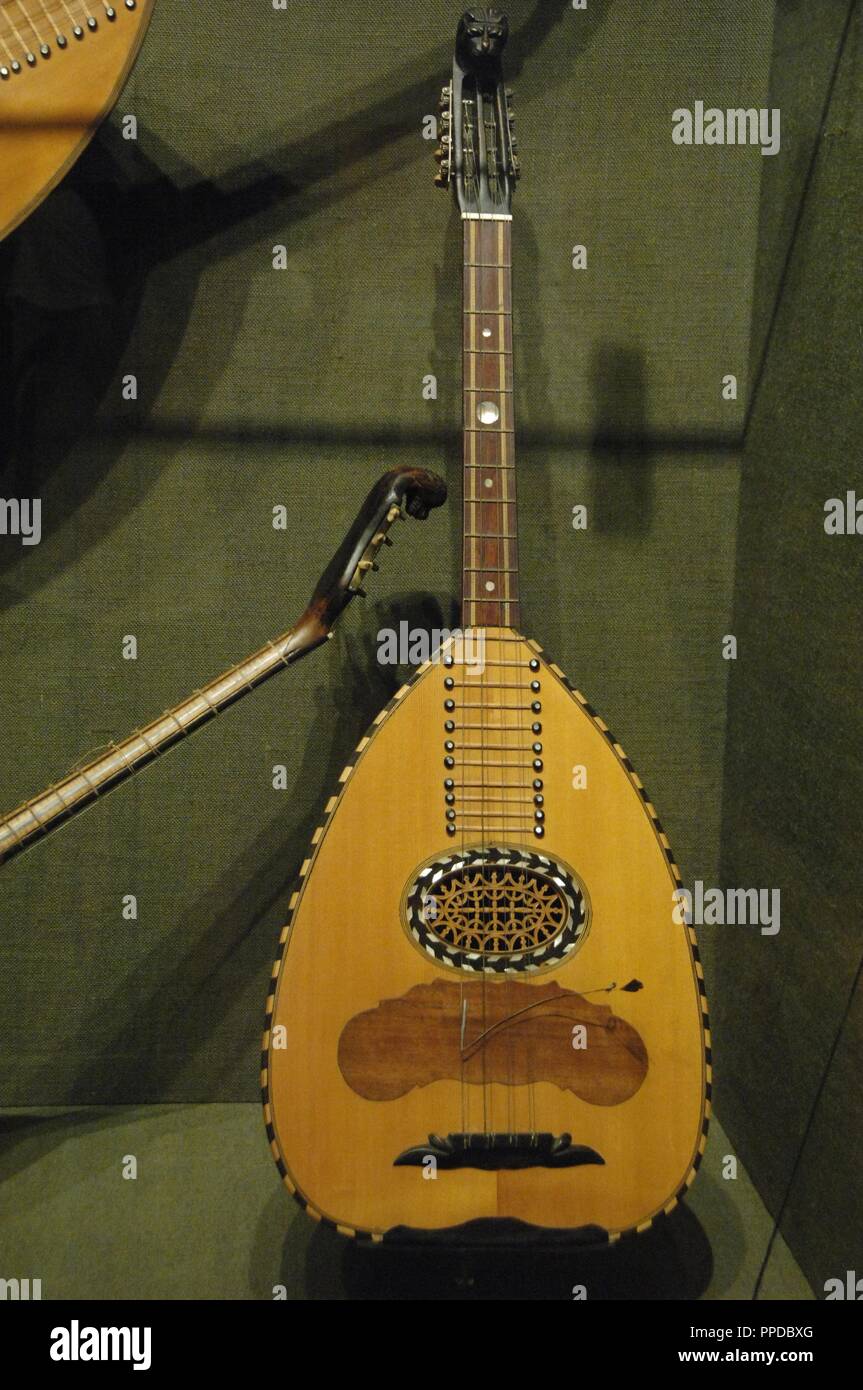

One octave lower than 5-string Bluegrass Banjo.Įssentially in the same range as the bass banjo, but with a much larger resonator. The Cello banjo is sometimes called "bass banjo", but it is tuned differently, and there are true bass banjos as well. One octave higher than the Philippine laud. Often just a prima with altered tuning, though slightly larger secundas are also made.į ♯ 3 F ♯ 3

This is the standard instrument of the balalaika familyĪ more recent development, professionals consider these inferior to 3-string instruments. See Ekkel (1997) for all Balalaika tunings. In practice the bottom course is often removed(2 strings), making the instrument effectively a bajo quinto. True 10-string bajo quintos are made, but many so-called "bajo quintos" are really bajo sextos with the lowest course removed.Į 2 E 1 Instruments with additional strings exist (from 37 – 48 totalstrings), but are very rare. Number of courses could vary from 11–14, and the number of strings from 21–27.į 3 F ♯ 3 G 3 A 3 A ♯ 3 B 3 C 4 C ♯ 4 D 4 D ♯ 4 E 4į 4 F ♯ 4 G 4 G ♯ 4 A 4 A ♯ 4 B 4 C 5 C ♯ 5 D 5 D ♯ 5 E 5 No standard tuning tuned to any convenient note. There are also a number of drone strings, the number and tuning of which vary widely. Germany & Austria / Japan / India / Pakistan G 5 G 5Ī very recent instrument, invented in 2007.Other tunings will then be given under the heading "Alternates".Ī 3 A 3 Where more than one common tuning exists, the most common is given first and labeled "Standard" or "Standard/common". are typically re-tuned to suit the music being played or the voice being accompanied and have no set "standard" at all (e.g., đàn nguyệt Appalachian dulcimer).do not have a standard tuning but rather a "common" tuning that is used more frequently than others (e.g., banjo lap steel guitar).have more than one tuning considered "standard" (e.g.have a designated standard tuning (e.g., violin guitar).(The 'A' above Middle C would then be written as "A 4" the next higher octave begins on "C 5" the next lower octave on "C 3" etc.) īecause stringed instruments are easily re-tuned, the concept of a "standard tuning" is somewhat flexible. Octaves are given in scientific pitch notation, with Middle C written as "C 4". Pitch: Unless otherwise noted, contemporary western standard pitch (A 4 = 440 Hz) and 12-tone equal temperament are assumed. paired or tripled strings) are shown with courses separated by bullet characters ( Single-string courses are separated by spaces multiple-string courses (i.e. Strings within a course are also given from left to right, facing the front of the instrument, with it standing vertically. A few instruments exist in "right-hand" and "left-hand" versions left-handed instruments are not included here as separate entries, as their tuning is identical to the right-hand version, but with the strings in reverse order (e.g., a left-handed guitar).mountain dulcimer) will be noted with the highest sounding courses on the left and the lowest to the right. Instruments strung in the reverse direction (e.g.Instruments using reentrant tuning (e.g., the charango) may have a high string before a low string.On a majority of instruments, this places the notes from low to high pitch. Ĭourses are listed reading from left to right facing the front of the instrument, with the instrument standing vertically. A course may consist of one or more strings.


 0 kommentar(er)
0 kommentar(er)
